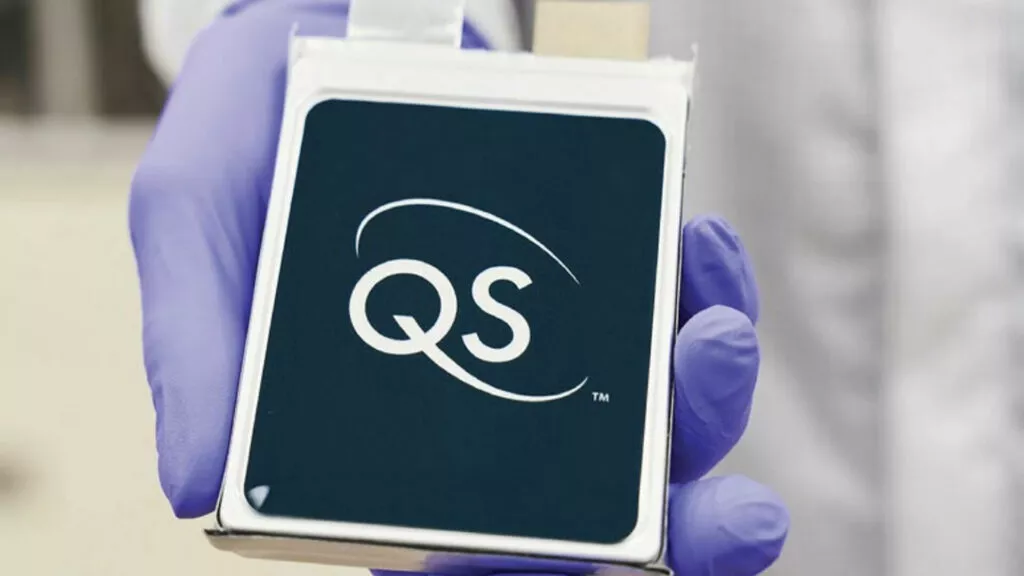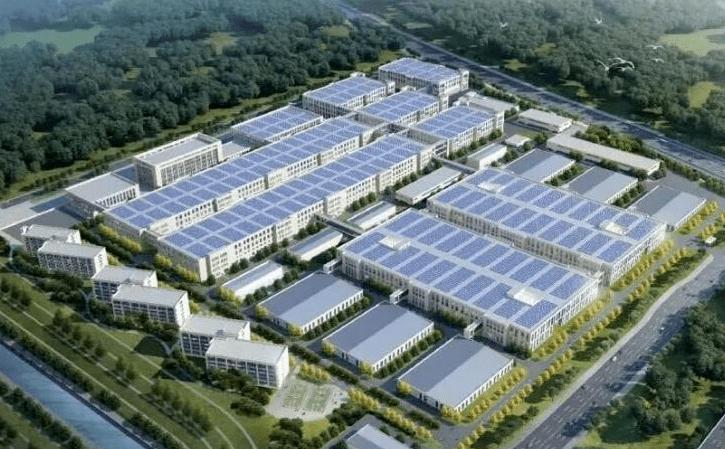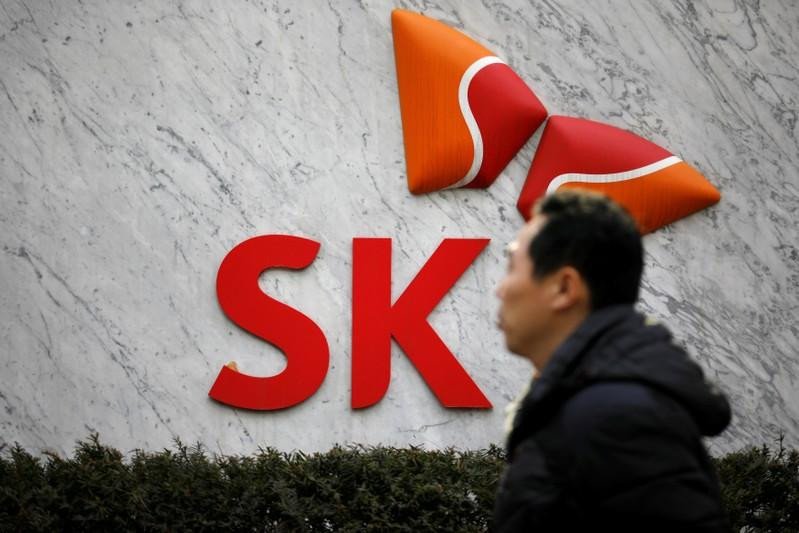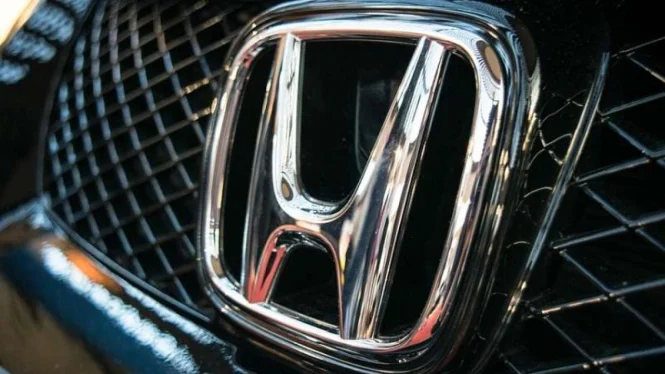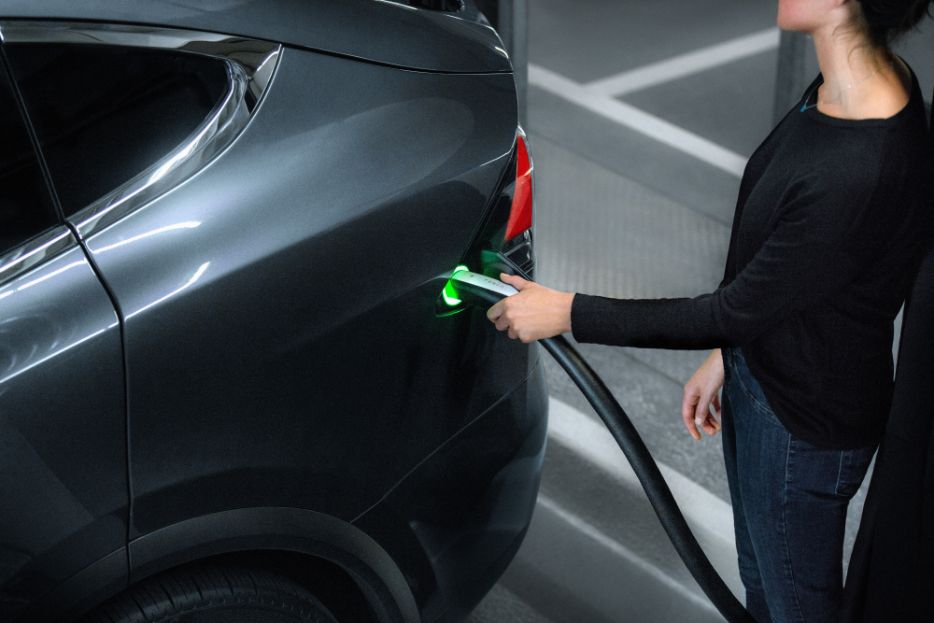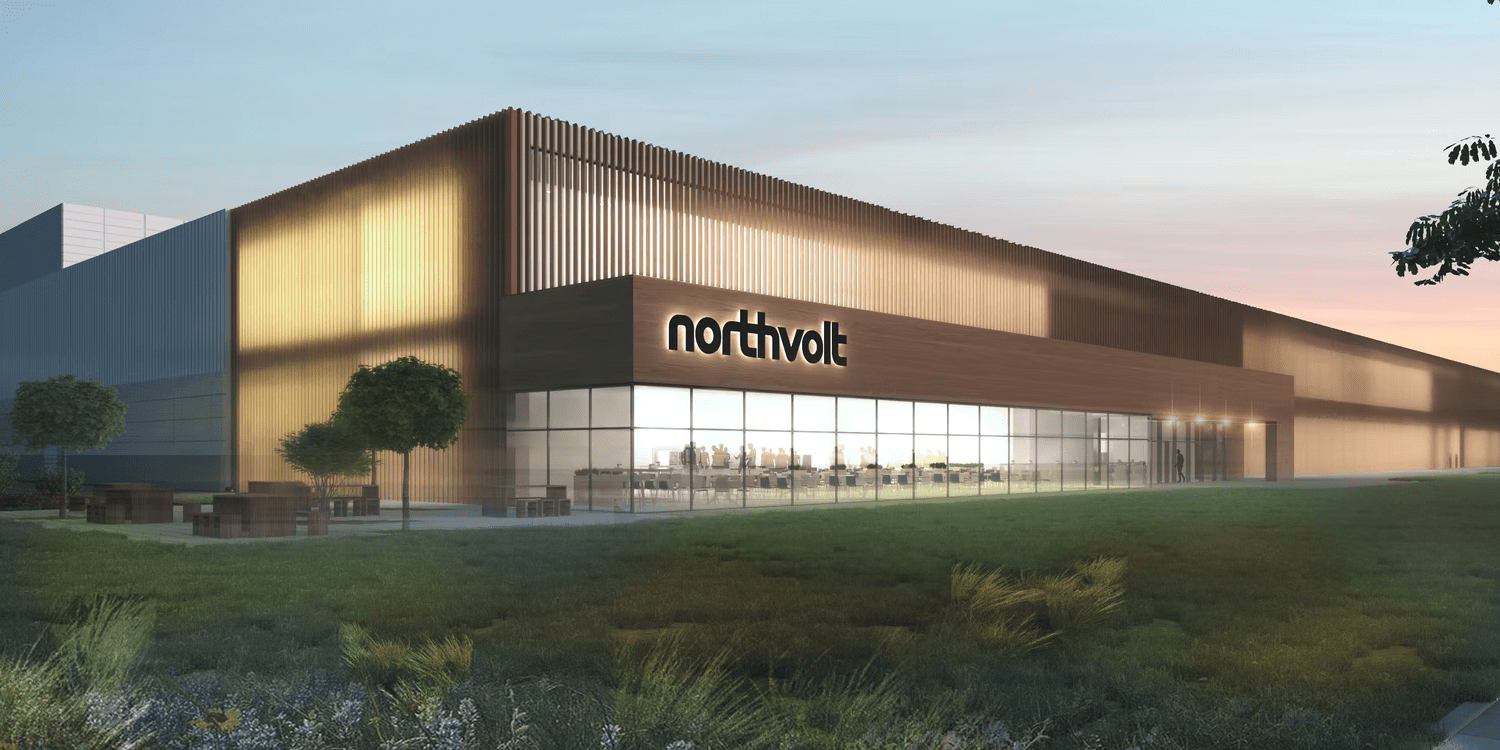QuantumScape, a key player in solid-state battery technology, has reported significant success in testing conducted by Volkswagen, showcasing promising advancements in the field of electric vehicle (EV) power storage.
According to QuantumScape, their prototype solid-state battery underwent rigorous testing, enduring over 1,000 charging cycles while retaining more than 95% of its original energy capacity. The company emphasizes that this level of performance is equivalent to an electric vehicle covering 300,000+ miles (482,803 km) without any discernible loss in range.
See also: QuantumScape Aims to Accelerate Commercialization of Solid-State Batteries “As Quickly as Possible”
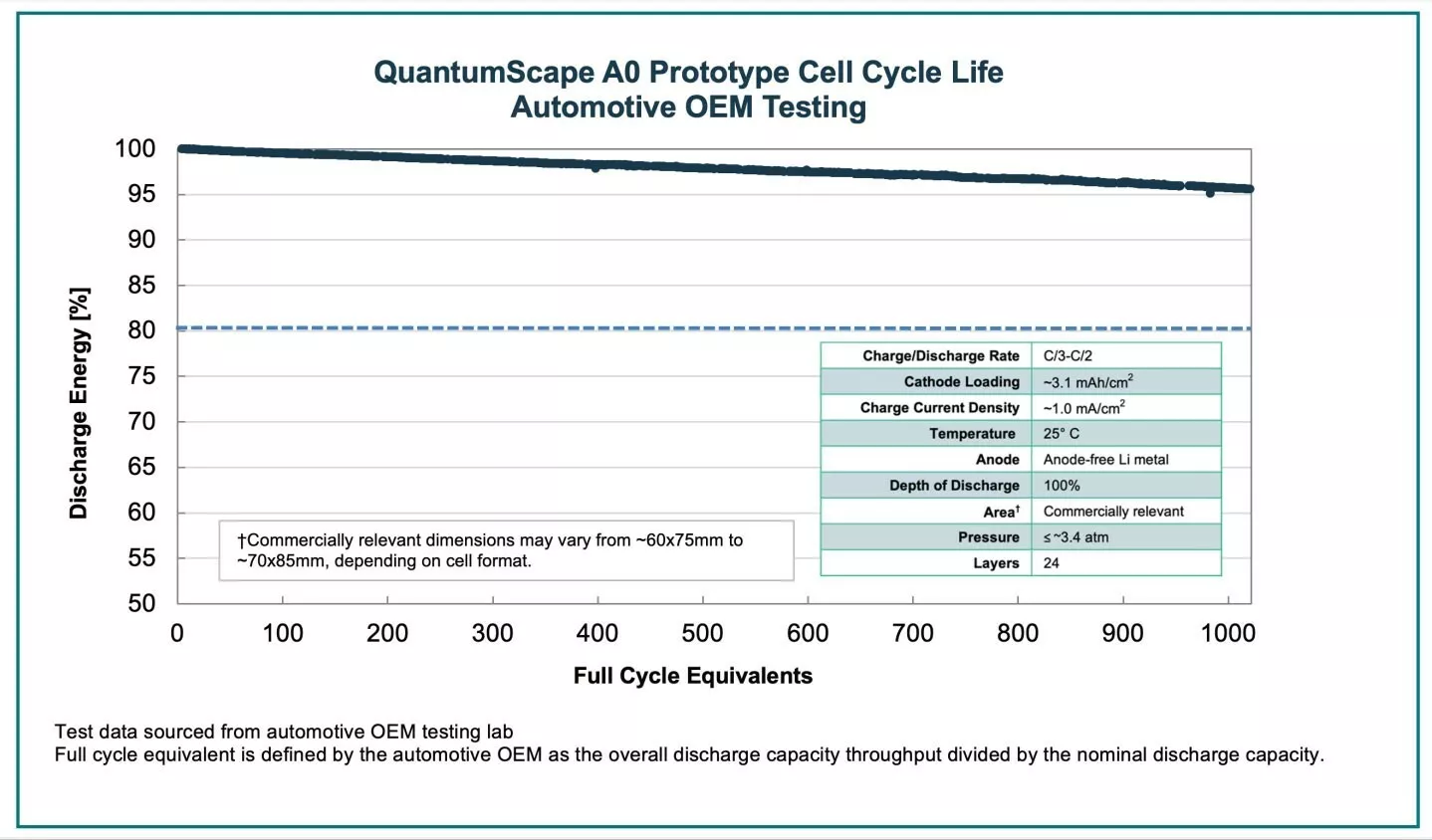
While QuantumScape’s target remains 800 cycles with 80% energy retention, the current results are seen as highly encouraging. The prototype cell shares the same number of layers and utilizes the same proprietary cell format as QuantumScape’s first production-intent battery cell, known as the QSE-5.
Months of testing conducted by Volkswagen’s PowerCo labs have highlighted the potential of solid-state lithium metal batteries, promising longer ranges, shorter charging times, and enhanced safety compared to traditional lithium-ion batteries and other next-generation alternatives. The results reported by QuantumScape notably exceed the industry standard of completing 700 charging cycles while retaining 80% battery capacity.
See also: Hyundai Files Patent for Pressurized All-Solid-State Battery System
Frank Blome, CEO of PowerCo, expressed optimism, stating, “These are very encouraging results that impressively underpin the potential of the solid-state cell. The final result of this development could be a battery cell that enables long ranges, can be charged super-quickly, and practically does not age.”
Despite the anticipated timeline for widespread adoption of solid-state batteries, QuantumScape is actively collaborating with the Volkswagen Group to expedite market entry through their joint venture. Volkswagen, an early supporter of QuantumScape, originally planned large-scale production of solid-state batteries by 2025. However, the company now aims to have “higher-volume B samples” ready by the following year.

